It's all about the classical music composers and their works from the last 400 years and much more about music. Hier erfahren Sie alles über die klassischen Komponisten und ihre Meisterwerke der letzten vierhundert Jahre und vieles mehr über Klassische Musik.
Saturday, July 8, 2023
Mozart: Concerto for Two Pianos KV 365 | Lucas and Arthur Jussen|
Friday, July 7, 2023
Chevalier: 13 Facts About Composer Joseph Bologne That Inspired the New Movie
Chevalier: 13 Facts About Composer Joseph Bologne That Inspired the New Movie
Classical music movies are having a moment. Last year, Cate Blanchett played a renowned conductor in Tár, and Bradley Cooper is set to portray Leonard Bernstein in 2023’s Maestro. But the next big classical music movie due to hit our screens is Chevalier, about the life of violinist and composer Joseph Bologne, Chevalier de Saint-Georges .
Here are thirteen facts about him to whet your appetite for the movie.
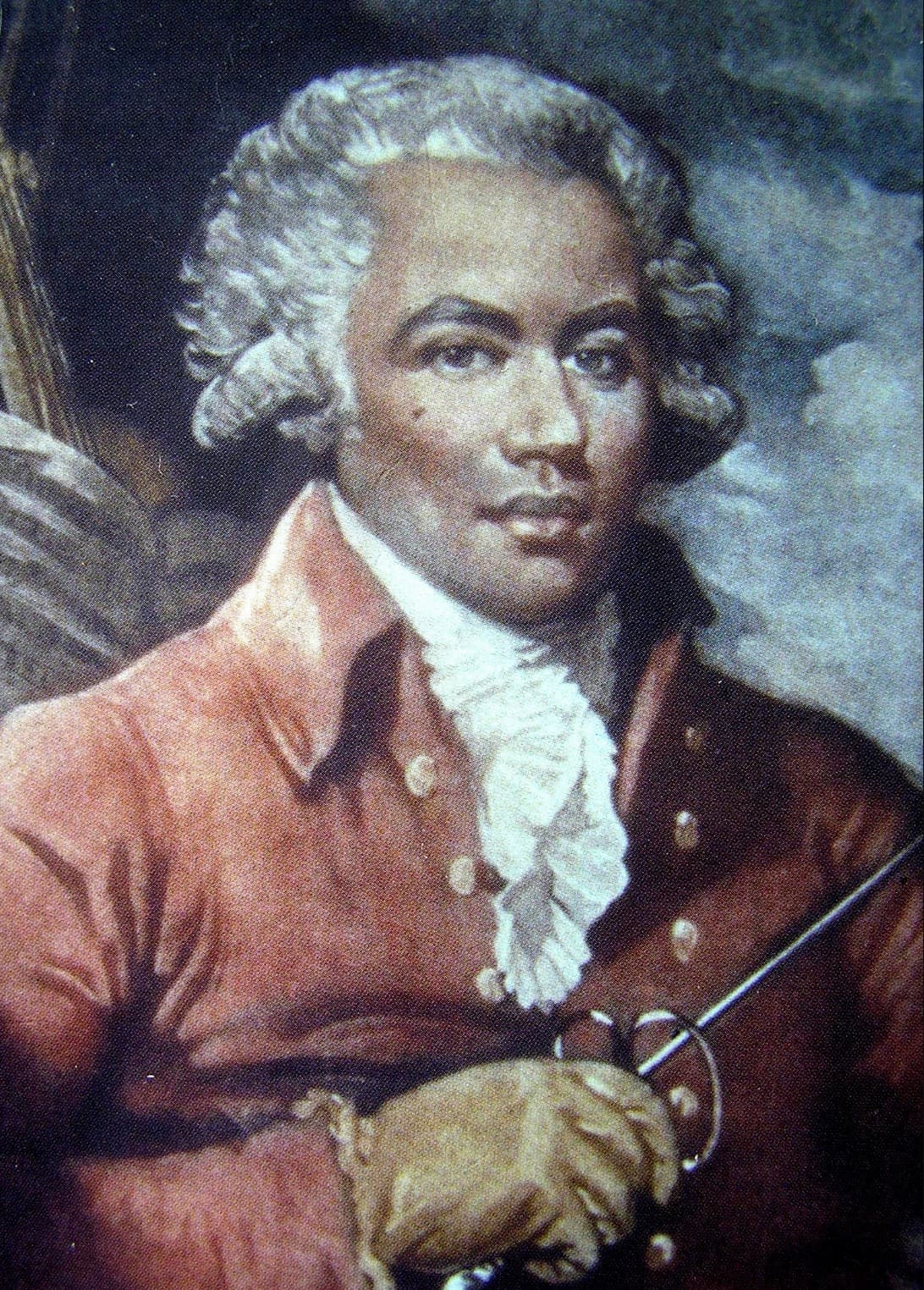
Joseph Bologne, Chevalier de Saint-Georges
1. Joseph Bologne was born in 1745 in Guadeloupe to a wealthy planter named Georges de Bologne Saint-Georges and his sixteen-year-old slave Nanon. But they didn’t stay in the Caribbean for long: at the age of seven, Bologne was taken to France to be educated. Two years later, his parents sailed together to Paris to join him.
2. He was ridiculously multi-talented. Not only was he trained as a fencer and overall sportsman, but he was also an accomplished violinist, composer, and conductor.
3. At the age of 13, he began studying with fencing master Nicolas Texier de la Boëssière, one of the men instrumental in the development of modern fencing. A rival fencing master named Picard once insulted a young Bologne, derisively referring to him as “Boëssière’s mulatto.” After the insult, Picard and Bologne played a famous match. Whether Bologne wanted it to or not, that match was rife with symbolism about race, and pro-slavery and pro-abolitionists wagered over the outcome. The winner? Bologne! His father was so pleased, he bought his son a horse and carriage: one of the ultimate status symbols in eighteenth-century France.
4. He wasn’t just a great fencer; he was a great athlete, period. He was a fabulous runner, boxer, shot, swimmer, dancer, and even skater…and he excelled at all of those disciplines while also becoming one of the best musicians in Paris!
5. When he graduated from the Royal Polytechnique Academy in 1766, Bologne was made both a gendarme and a chevalier, resulting in his new name and title: Joseph Bologne, Chevalier de Saint-Georges.
6. Because of French law and custom at the time that forbid mixed-race marriages, it was high-nigh impossible for Bologne to ever marry anyone, especially from his aristocratic social circle. However, that didn’t stop wealthy French women from falling in love with him. His most intense relationship was with married actress Marie-Josephine de Montalembert. She bore him a son, but tragically, her husband sent the baby away after its birth, leading Bologne to lose both his lover and his child in one blow. In 1779 Bologne was assaulted in the street, and gossip theorized that the gang was paid off by the jealous husband.

7. We don’t know who taught Bologne how to play violin, but we know he was an extraordinary player. In 1769 he joined the orchestra of the Concert des Amateurs, Gossec’s orchestra. In 1772 he performed two of his own violin concertos, and in 1773 he became the orchestra’s concertmaster and conductor. Audiences raved about his leadership.
8. After the Concert des Amateurs had to be dissolved due to lack of money, it regrouped. This reconstituted ensemble was known as the Concert de la Loge Olympique. Perhaps its most famous contribution to music history is that it commissioned Joseph Haydn’s famous Paris Symphonies. Apparently, Bologne traveled to Austria to meet with Haydn before premiering the set of six symphonies back in Paris, to great acclaim.
9. Due to his work with the Concert des Amateurs and Concert de la Loge Olympique, Bologne was considered to be a natural candidate to take over the Paris Opéra. However, several singers presented a petition to Queen Marie-Antoinette, stating they could not “submit to the orders of a mulatto.” Bologne was a favorite of the queen, and although Bologne was ultimately not named to be the leader of the Paris Opéra, he was invited to her private musicales.
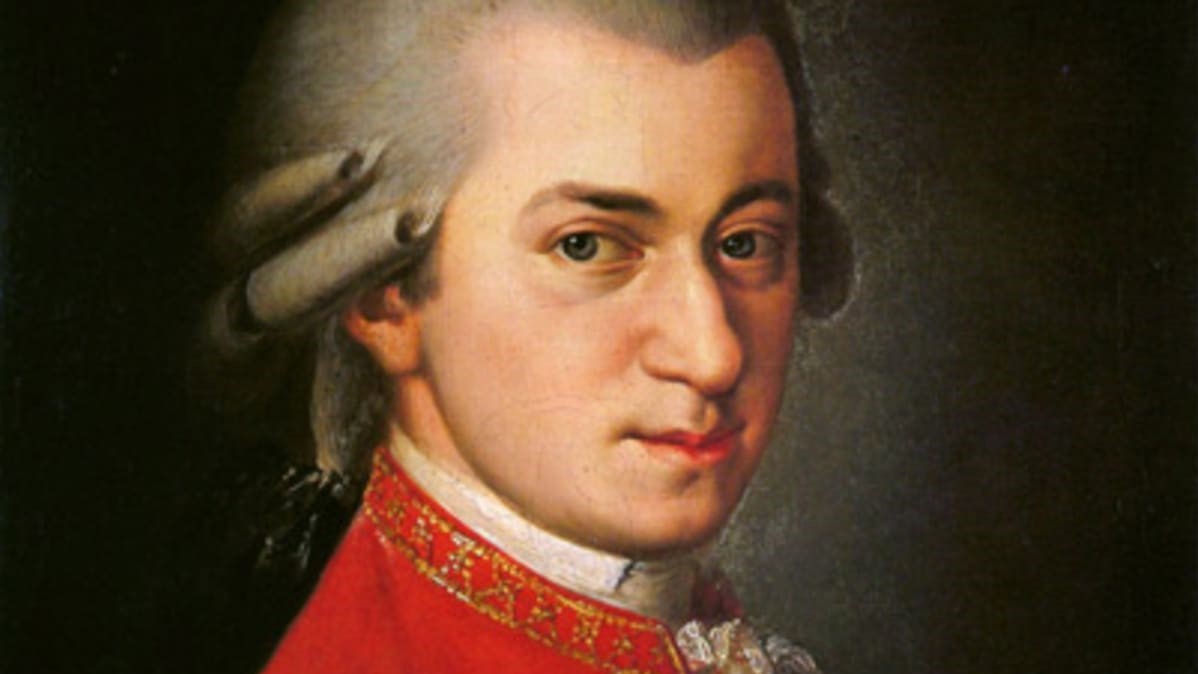
Wolfgang Amadeus Mozart
10. During the summer of 1788, Bologne was living in quarters provided by the Duc d’Orléans’s wife, who had hired him to conduct in her private theater. The Duc’s personal secretary also lived in the mansion, and that summer the secretary welcomed a guest of his own: Wolfgang Amadeus Mozart! So for a few months, the two great musicians lived at the same address.
11. During the French Revolution, Boulogne volunteered to join the National Guard. In September 1792, a corps of one thousand “colored” soldiers was formed. That corps eventually earned the nickname of the “Légion St-Georges” after their celebrated leader. During the confusion and paranoia of the Reign of Terror, Boulogne was imprisoned for a year and a half, and somehow he – unlike many of his friends and patrons – managed to escape execution.
12. Late in his life, he traveled to Saint-Domingue, now present-day Haiti, to take part in the revolution there. He stayed for such a long time that some of his friends gave him up for dead, but he eventually returned to Paris, horrified at the brutality of the conflict.
13. He suffered from poor health in the late 1790s and died – with no one near but a few faithful friends – in 1799 of gangrene.
So now that you know more about Joseph Bologne’s extraordinary life and accomplishments, take a look at the trailer and see how they might be dramatized for the big screen! Chevalier is scheduled to be released in theaters in April 2023.
Thursday, June 15, 2023
The Widows of Bach, Mozart, and Mendelssohn: What Happened to Them?
by Emily E. Hogstad
However, historians tend to stop following the story once the composer dies. But have you ever wondered what happened to the composer’s families after their deaths? How did their widows keep their composer-husband’s music alive? And in eras before social safety nets, how did they survive…especially if they had kids?
Here’s what happened to three of classical music’s most famous widows after their husbands died:
Anna Magdalena Bach, 1701-1760. Married Bach in 1721.

Anna Magdalena Bach © www.bachueberbach.de
Anna Magdalena had just turned twenty when she married the widower J.S. Bach. In doing so, she became a very young stepmother to four surviving children, aged thirteen, eleven, seven, and three, all from his first marriage. Soon she began having biological children of her own. She would have thirteen in all, with seven dying very young.
When her husband died, Anna Magdalena Bach was forty-eight years old. She had been an accomplished professional singer in her youth, but she was in no position to restart her performing career…not to mention, she still had several minor children to raise!
Unfortunately, Bach hadn’t left enough money for them all to live on. She was left a portion of his estate, but J.S. Bach’s children, including his adult sons who were pursuing careers of their own, also got a cut of the assets, too. And alarmingly, the city of Leipzig only granted Anna Magdalena custody of her children on the condition that she not marry again, guaranteeing their future destitution.
Her stepson C.P.E. Bach was apparently the only child who stepped in to provide financial assistance, but it did not keep her from sinking into extreme poverty. She was evicted from her home and needed assistance from the city government to survive. She died a decade after her husband and was buried in an unmarked pauper’s grave.
Constanze Mozart, 1762-1842. Married Mozart in 1782.
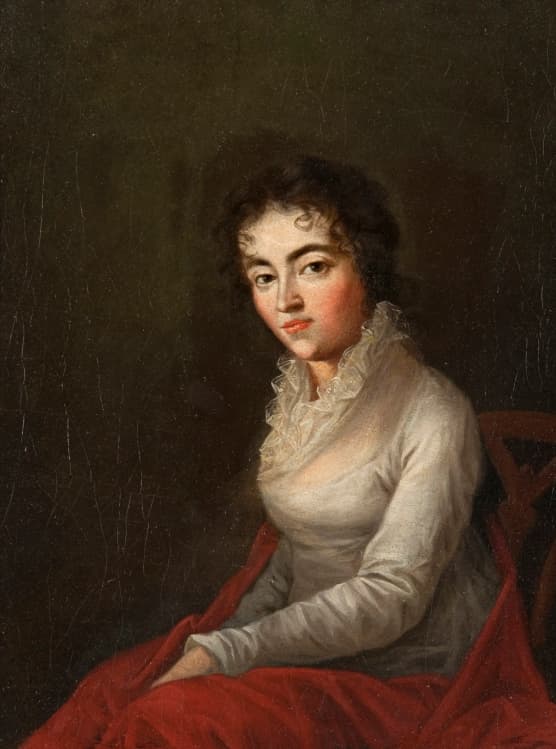
Constanze Mozart
Mozart’s wife Constanze was twenty-nine years old when her husband fell ill and died, leaving her with two children, debts, and few prospects. She roused herself from her grief to line up support for herself, seeking out a pension from the emperor and organizing memorial concerts. She was a singer, and she put her musical abilities to use when she started publishing her dead husband’s works. Eventually, she grew to become a wealthy woman.
Six years after Wolfgang’s death, she took in a tenant named Georg Nikolaus von Nissen, a diplomat, and a writer. Romance blossomed. Rather scandalously, they moved in together the following year. They married in 1809, with von Nissen taking on the role of stepfather and helping Constanze with the administration and promotion of Mozart’s legacy.
Nissen’s last project was a Mozart biography, with which Constanze assisted. Nissen died before it was finished, but she made sure it was published, and it became an important source of Mozart lore. She lived in Salzburg along with two of her sisters, also widowed, and died in 1842 at the age of eighty.
Cécile Mendelssohn Bartholdy, 1817-1853. Married Mendelssohn in 1837.
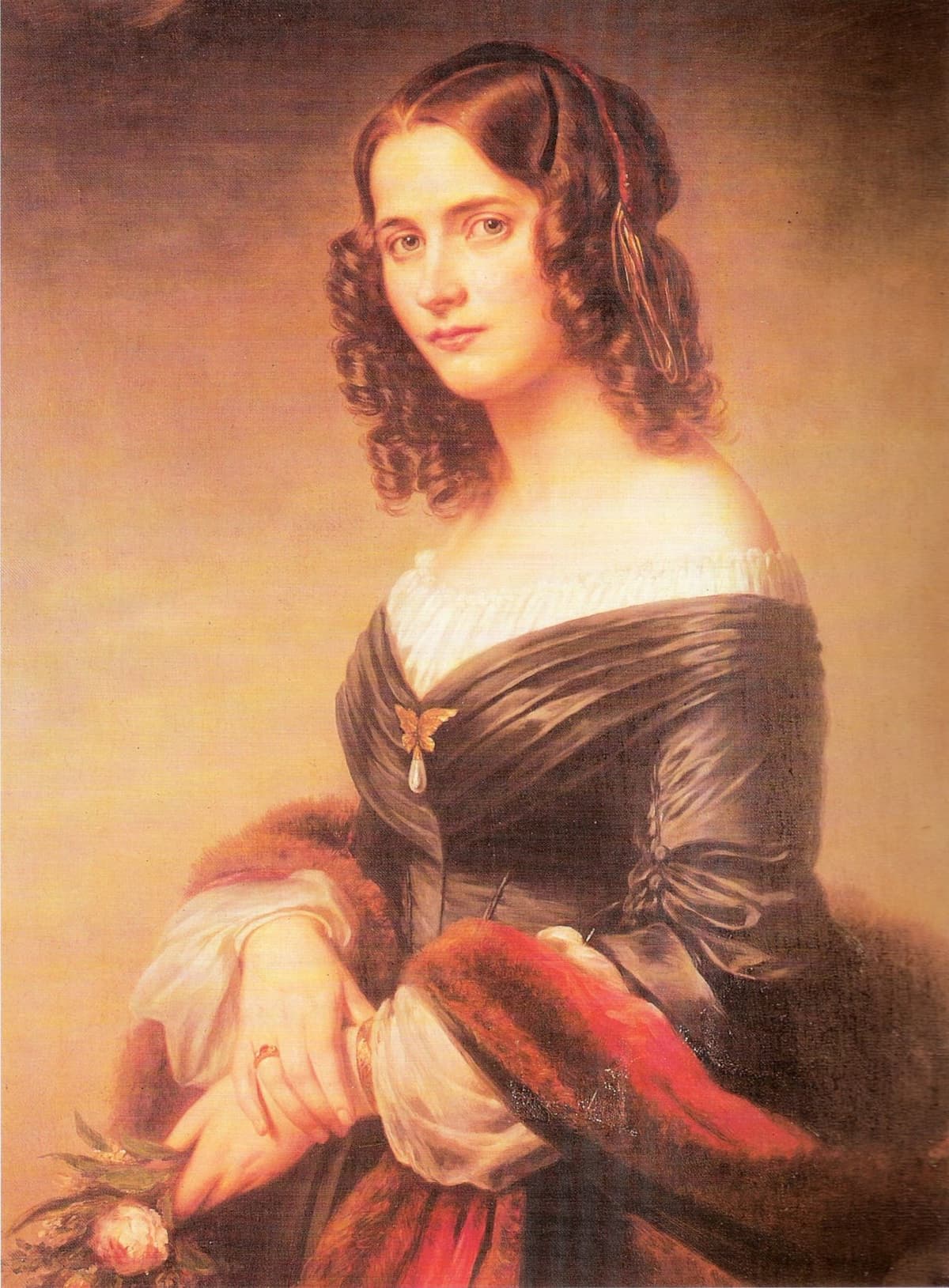
Cécile Mendelssohn Bartholdy
Twenty-seven-year-old composer Felix Mendelssohn met nineteen-year-old singer Cécile Jeanrenaud in 1836 while he was conducting the Cecilia Choir in Frankfurt. They got engaged that September and were married in March 1837, and had five children together in Leipzig.
Unfortunately, tragedy hit the family in May 1847, when Felix’s beloved sister Fanny died suddenly and without warning of a stroke. Felix was deeply affected by her death, and he died in November 1847, also from a stroke. Cécile was only thirty.
Clara Schumann went to be with her and wrote: “She received me with the tenderness of a sister, wept in silence, and was calm and composed as ever. She thanked me for all the love and devotion I had shown to her Felix, grieved for me that I should have to mourn so faithful a friend, and spoke of the love with which Felix always had regarded me. Long we spoke of him; it comforted her, and she was loath for me to depart. She was most unpretentious in her sorrow, gentle, and resigned to live for the care and education of her children. She said God would help her, and surely her boys would have the inheritance of some of their father’s genius. There could not be a more worthy memory of him than the well-balanced, strong, and tender heart of this mourning widow.”
She kept her two daughters with her and sent her three sons to be raised by her in-laws in Berlin. Her son Felix died in 1851, compounding her grief, and she herself died of tuberculosis in 1853, leaving behind several children aged eight to fifteen.
Saturday, May 27, 2023
MOZART KLAVIERKONZERT A-DUR KV 414 I.ALLEGRO /Elisey Mysin
Saturday, April 15, 2023
W. A. Mozart - KV 45 - Symphony No. 7 in D major
Monday, March 27, 2023
Mozart: Eine kleine Nachtmusik
Friday, January 27, 2023
Did Mozart Suffer From Any Neurobehavioural Disorder?
by Desiree Ho
Once hailed as Time magazine’s top ten cultural figures of the millennium, Wolfgang Amadeus Mozart (1756-1791) should perhaps also be known as one of the most foul-mouthed classical musicians of all time.
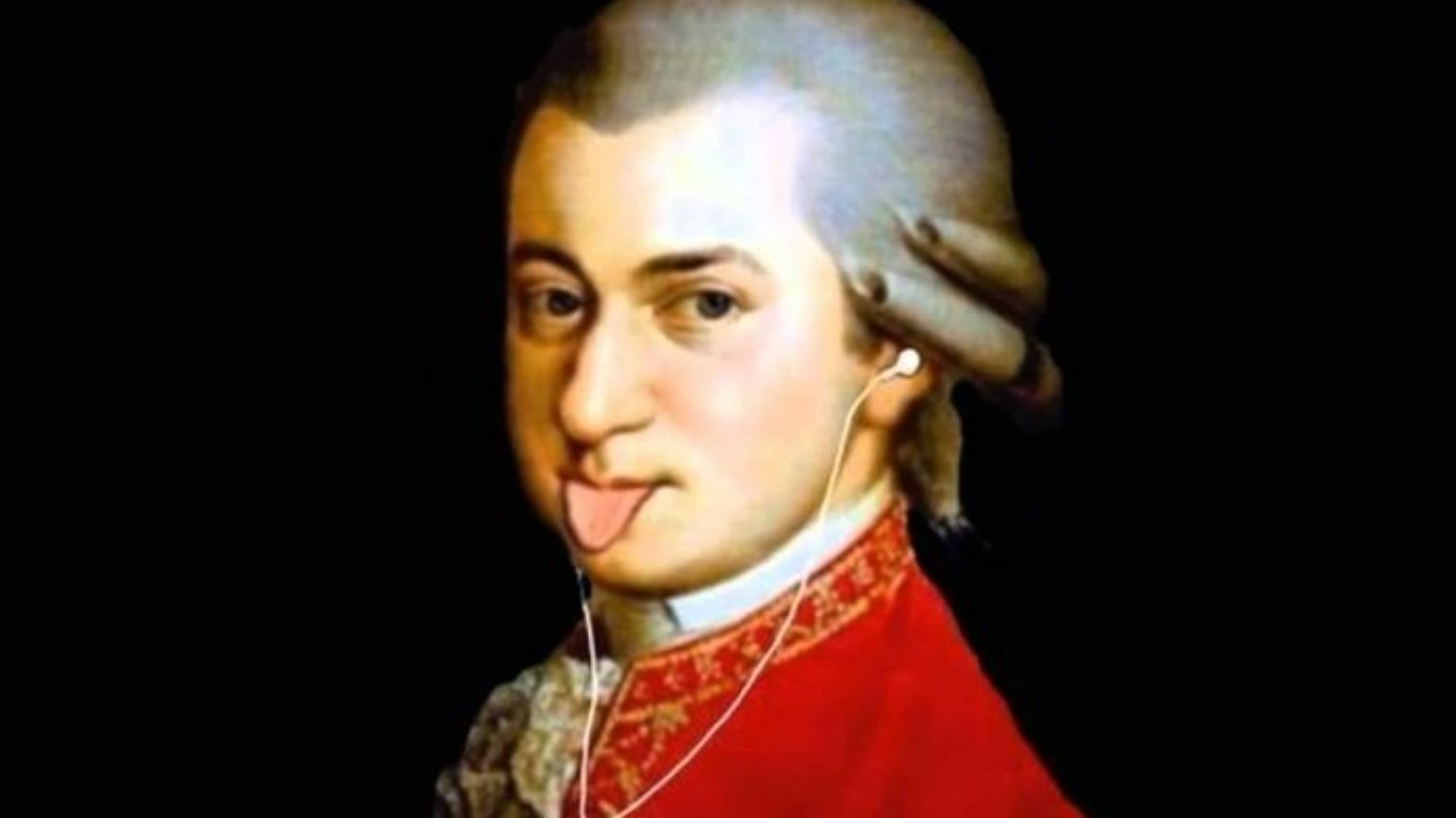
Although the musical genius has passed away for more than 250 years, thanks to the preservation of Mozart’s works, we know for a fact that the prodigy fancied using vulgar language and referring to anal matters in his compositions.
“Kiss my Ass”: Mozart’s Use of Vulgar Language
“Leck mich im Arsch”, which literally translates into “lick my ass” or “kiss my ass” in modern terms, is the title of one of Mozart’s canons which he composed at the age of 26.
Such offensive language was not only evident in his work, but was also prevalent throughout his daily life. Over ten percent of Mozart’s letters are found to contain evidence of scatology, an investigation by Simkin reveals. Scatology is the study of faeces, and in Mozart’s case, it refers to the obsession of obscene language and references to excretory functions (and not in the medical sense). Mozart wrote to his cousin Maria Anna Tekla Mozart on 5 November 1777 saying “I sh*t on your nose, so it runs down your chin”, according to a translation by Spaethling in 2000; and to his father on 17 October 1777, Mozart wrote, “…But I sang a whole different text ‘P.E, o oh you prick, why don’t you kiss my ass…”

In fact, Mozart’s mouth was so foul that experts have suggested that he actually suffered from a complex neurobehavioural disorder called Giles de la Tourette’s Syndrome.
The Tourette’s Syndrome
This is because one of the occasional symptoms of Tourette’s Syndrome is Coprolalia. Coprolalia refers to the involuntary and often compulsive swearing of obscene words or taboo remarks. It comes from the greek word “κόπρος” (kopros), meaning faeces, and “λαλιά” (lalia) from lalein, which means “to talk”. Despite the amount of attention drawn to the condition, it is actually not a necessary symptom required for a Tourette diagnosis. Only about 10% of Tourette patients are reported to suffer from it.
On the contrary, it is the presence of motor and vocal tics (which last for at least one year) that characterise Tourette’s syndrome. Tics are sudden, repetitive movements or sounds that a person makes, usually unconsciously or with only very little control of the muscle groups.
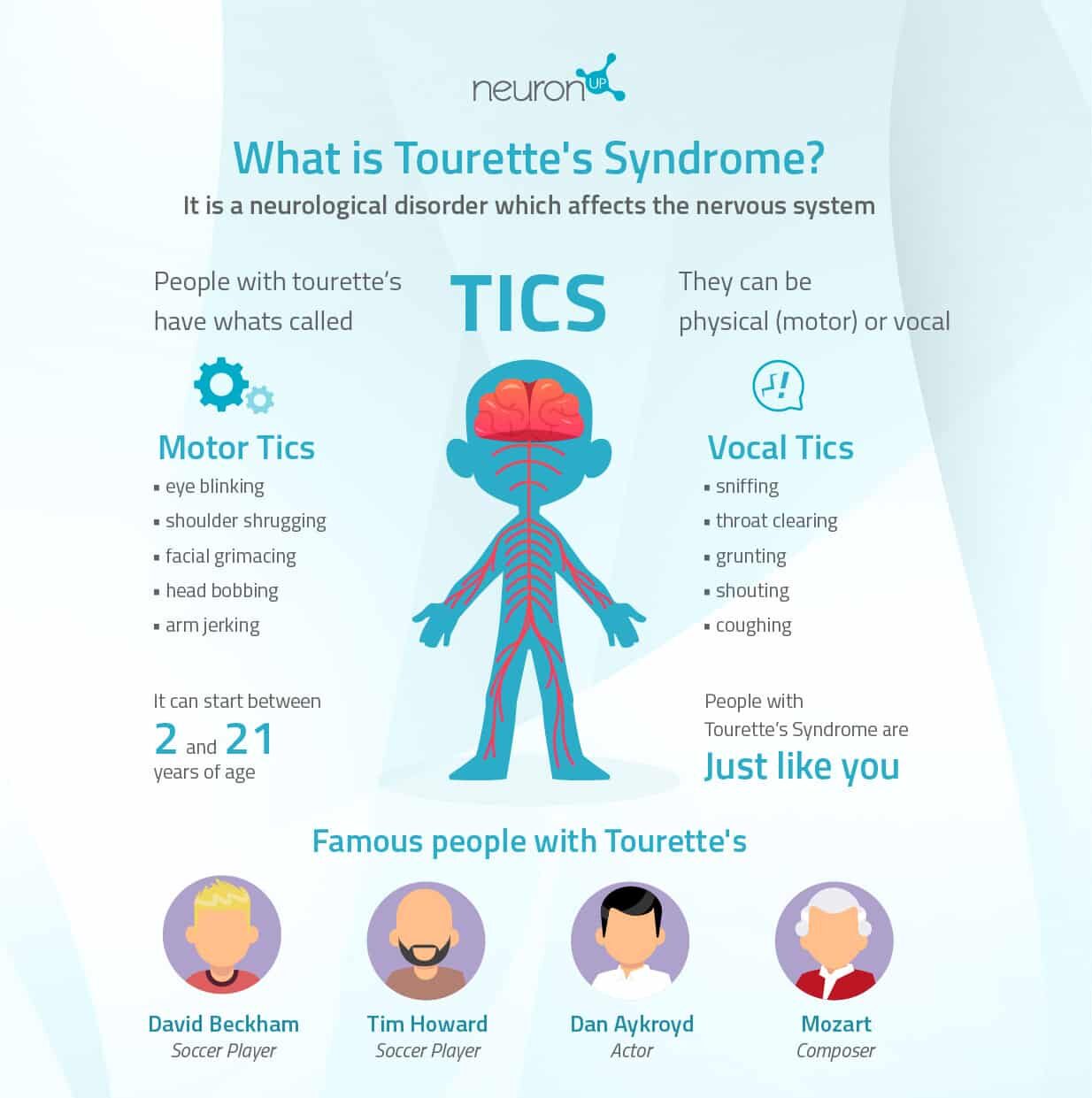
© neuronup.us
Common tics include blinking the eyes very hard, shoulder shrugging, foot stomping, repeated sniffing, repetitive shouting, constant clearing of the throat or grunting. Some tics may even result in self harm, due to head banging or punching one self. Tics can sometimes be worsened when the person is under stress, excitement or anxiety. Patients have described the need to complete a tic or repeatedly carry out the tic in order to decrease the urge or sensation.
Although the exact neuropathology and the cause of the condition is not properly understood, research suggests that it is caused by nerve communication problems in the brain. Disturbance in the balance in neurotransmitters such as dopamine, serotonin and norepinephrine may also play a role in Tourette’s. These include abnormalities in parts of the brain, including the basal ganglia, frontal lobes and cortex.
Question: Did Mozart have a neurological disorder, or was it simply his unique personality?
Some argue that Mozart, as a genius in his own right, simply couldn’t care less about what others thought, and did not have an actual neurobehavioral condition. After all, he lived under the public eye as a child prodigy and was aggravated in life by the enormous demands of his father and society. A bit of strong language was simply a way for him to let out his frustrations, and to demonstrate his inner disrespect of the nobilities at the time.
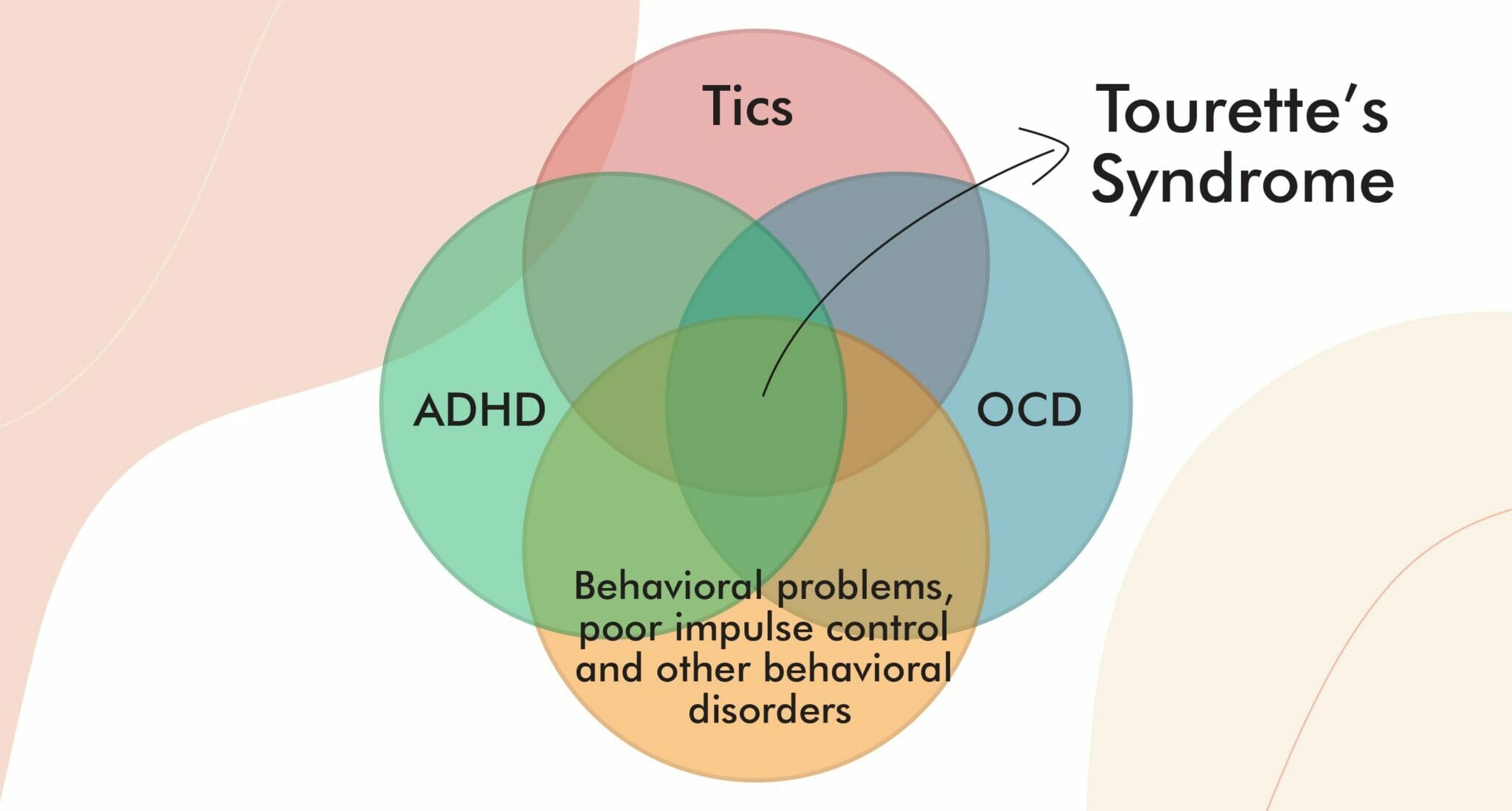
© stamurai.com
Furthermore, the image of a respectable Mozart was probably just a creation of the late 1790s, where society was a little bit more conservative than it is today. It is said that the title of the “Kiss my ass” was changed to “Lasst uns froh sein” when published, meaning, “let’s be happy”. Mozart’s widow, Constanze, is also said to have ensured that Mozart’s letters would not be published immediately upon his death, and that obscene parts of Mozart’s letters would be eliminated in the very first edition.
Some even go on to say that the scatology in Mozart’s letter was simply typical of the conversation styles in southern Mavaria and Salzburg region at that time.
Yet, the case for Mozart’s Tourette syndrome was suggested for the first time at the World Congress of Psychiatry in Vienna in 1983, citing records that show that Mozart was prone to unpredictable and erratic behavior. For example, he had a tendency to trash hotel rooms and refuse to clean. He also had an impressive medical history of possible diseases, leading to the many mysteries surrounding both his life and death.
Nevertheless, the seemingly endless lists of Mozart’s neurobehavioral problems are only speculations. His life was after all very short, especially in today’s terms, so it will remain forever a mystery whether Mozart had a unique personality or an actual neurological disorder.
What we do know however, is that regardless of how foul-mouthed Mozart was, his music will continue to fill our concert halls, shopping malls, and even play on the phone while you are left on hold.